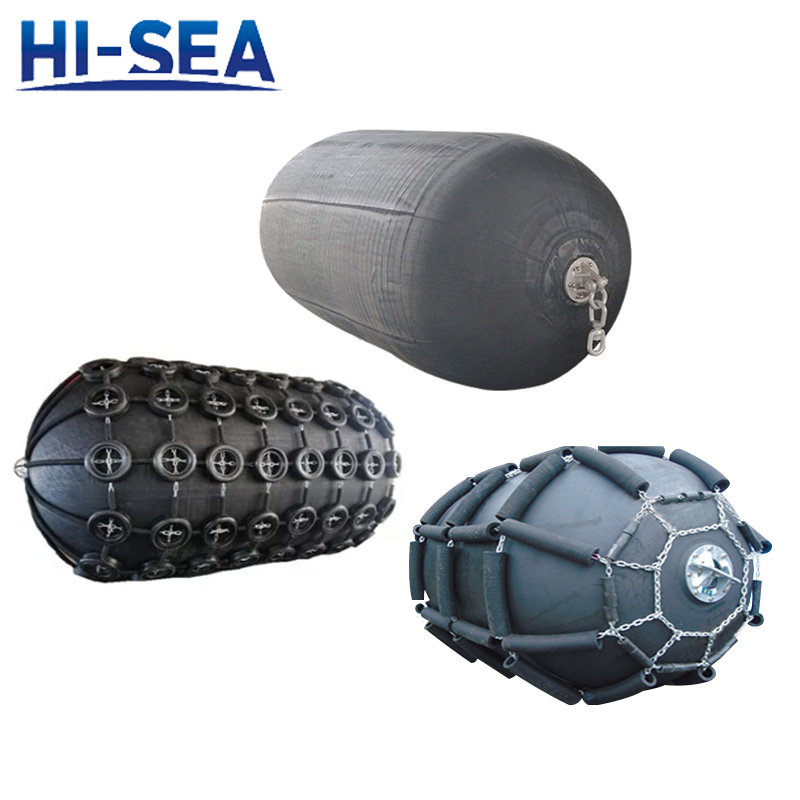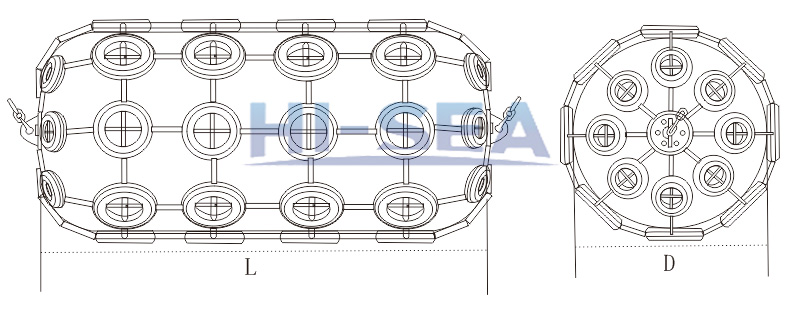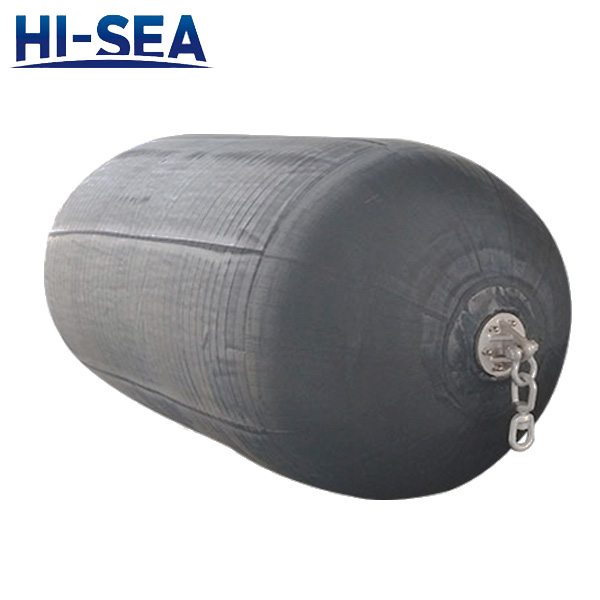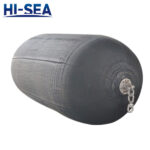
The size 1700×3000 is the middle standard size of Yokohama fenders. They are frequently used for large docks and vessels, especially docks with large tidal variations and ship to ship operation. Yokohama fenders inflated with air or hydrogen are also called pneumatic fenders. They can endure large compression when working. And the initial pressure of the Yokohama fenders can be optional by buyer. Different initial pressure will result in different performance.
Yokohama fenders are capable of carrying out heavy duties. The huge work load requires for excellent rubber materials. Our Yokohama fenders are manufactured with high-quality rubber material, which are generally strong and robust. To reduce the damage to the fender body, the Yokohama fenders can also be quipped with protection layer, like chain and tire net and so on.
Yokohama fenders can be deflated when packed for delivery. This can save a lot of space and money in delivery. Yokohama fenders require for flexible installation method, because they need to float on the water with the rise and fall of the sea level. Thus, the chains are perfect for them. The Yokohama fenders will just be connected with chains, and the other ends of the chains will be fixed onto the dock structures.
Yokohama Fenders Drawing and Dimensions:

| Fender size
D×L
(milímetro)
|
Initial pressure 0.5kg/cm2 |
Initial pressure 0.8kg/cm2 |
weight |
| Guaranteed energy absorption (GEA)
[kNm] |
Reaction force at GEA deflection
[kN] |
Hull pressure at GEA deflection
[kN/m2] |
Guaranteed energy absorption (GEA)
[kNm] |
Reaction force at GEA deflection
[kN] |
Hull pressure at GEA deflection
[kN/m2] |
Fender body
[kg] |
Cadena & tire net
[kg] |
Total
[kg] |
| 1700×3000 |
191 |
639 |
128 |
267 |
840 |
168 |
250 |
520 |
770 |
Funciones:
- Easy and fast to deploy
- Low reaction force and reasonable reaction force even under excess load conditions
- Suitable for inclined berthing
- Suitable for small and large tidal ranges
- Low hull pressure









